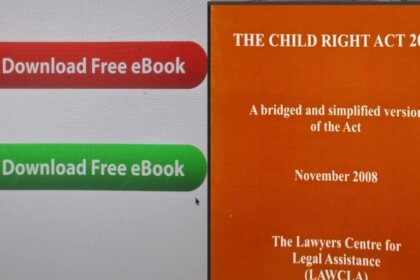Recent transportation safety studies have revealed that drivers spend 75% of their time behind the wheel listening to music. A systematic review and meta-analysis published in Health Promotion Perspectives highlight that specific types of music can significantly impact driving behavior through both physiological and psychological effects. DJC Law experts caution that many of today’s most-streamed tracks could potentially increase accident risk, as high-tempo and high-volume music can elevate average driving speeds and affect response times.
Driving Songs That Impact Behavior
“Highway to Hell” – AC/DC
YouTube Views: 785 million
Spotify Streams: 1.2 billion
The aggressive guitar riffs, pounding drums, and high-tempo rhythm naturally elevate heart rate and adrenaline levels, potentially influencing driving speed and aggressive behavior patterns.
“Thunderstruck” – AC/DC
YouTube Views: 920 million
Spotify Streams: 1.5 billion
The building intensity and fast-paced instrumental sections create a surge of energy that can affect concentration and lead to more aggressive acceleration patterns.
“Enter Sandman” – Metallica
YouTube Views: 580 million
Spotify Streams: 1.3 billion
Heavy metal riffs combined with powerful drums trigger alertness, potentially leading to more aggressive driving behaviors.
“Fuel” – Metallica
YouTube Views: 310 million
Spotify Streams: 890 million
The song’s driving rhythm and speed-themed lyrics could encourage faster driving, naturally increasing arousal levels.
“Back In Black” – AC/DC
YouTube Views: 830 million
Spotify Streams: 1.7 billion
The high-energy beat and powerful guitar work create a state of elevated arousal, affecting speed perception and reaction times.
“Welcome to the Jungle” – Guns N’ Roses
YouTube Views: 990 million
Spotify Streams: 1.8 billion
The track’s escalating intensity and aggressive instrumentation increase adrenaline levels, potentially leading to more assertive driving patterns.
“Paradise City” – Guns N’ Roses
YouTube Views: 680 million
Spotify Streams: 1.4 billion
The song’s building energy and fast-paced sections create an exciting state, influencing driving behavior.
“Du Hast” – Rammstein
YouTube Views: 420 million
Spotify Streams: 950 million
The industrial metal beat and intense rhythmic patterns create a heightened state of arousal, potentially affecting concentration.
Expert Takeaway High-energy rock and metal songs share common characteristics that can affect driving behavior: intense rhythms, aggressive instrumentation, and escalating energy levels. These elements naturally increase heart rate, adrenaline levels, and arousal states, influencing driving decisions and reactions. While enjoying music is part of the driving experience, being aware of how high-energy songs might affect behavior is crucial for maintaining safe driving practices.
Music is a beloved companion on the road, but it’s essential to recognize how certain tracks might unconsciously influence our driving behavior. Safe driving requires not just skill and attentiveness but also awareness of the external factors, like music, that can impact our decisions behind the wheel.
Source: Team Justice

















